Cross-border platforms allow for virtual cards to be issued at a currency level, across a business, fleet, vehicle or individual.
This gives freedom on fuel spend across countries and reduces the need to ongoing manual management of costs.
International fuel card solutions
Multi-currency fuel spend management can reduce currency risk and keep fleets moving at the pace needed.
.png)
Group cards by vehicle or fleet
With multi-currency and virtual card options, cards can be batched and managed at different levels.
This can be at a business, fleet or vehicle level.
This approach allows for companies with multiple vehicles on the road, in different locations, to manage spend.
.png)
Multi-currency support
Accounts come with multi-currency support.
Businesses with a centralised accounting operation can action and issue cards to drivers, or logistics managers, in different locations.
.png)
Visibility on transactions
Transactions through virtual fuel cards are issued in real time to accounting software. So spend can be matched to fleets as needed.
This also works with a number of accounting integrations, like Xero, to associate payments across the wider business.
.png)
Prepaid, virtual or physical cards
Cards can be prepaid, or virtual or physical debit cards.
Prepaid cards will limit spend as needed, but also virtual and physical cards can be set with caps.
The benefit of the combination can be for different types of fleets.
For example, fewer vehicles may feel physical cards are more suited, but very large fleets may benefit from the use of unlimited virtual cards.
.png)
Work with suppliers or clients
Using an account offering virtual cards across multiple currencies as a second benefit of being able to use the accounts to send and receive cross border payments in local currencies.
This includes the ability to raise invoices and tag the payments as appropriate.
Why opt for them
Skip card fees and currency conversion
See spend by fleet or vehicle
Custom workflows for different fleets
Be clear on
There are a couple of areas to be clear on ahead of committing to multi-currency options for fuel cards.
Multi-currency card suppliers will be clear on the cost associated with converting finances for fuel spending management.
This will be made up of two areas, the cost of the conversion (the markup) and the fee.
You may find businesses offer relatively low, or no fees, but a higher markup. Or, a lower markup (or no markup) with a small fee.
The preference is largely based on how you want to run a business. Paying exclusively through a markup can slightly increase currency risk if not correctly managed. But spying purely on fees, could also mean spending more than needed.
Card limits can be set by a business, but also there may be restrictions on how much can be spent in a 24 hour period, for example.
This can make a difference when issuing one card, or multiple cards. Work with the provider you choose to ensure the needs of a business are being catered for.
The providers
Compare fuel card providers
The right fuel card options is different for every fleet. We always recommend comparing to get a clear picture of what is on offer, vs what it is your business needs.
Use cases
Virtual and multi-currency fuel cards are used by many different company types across the world. Here are some examples of where they have been used.
Recapping international fuel cards
Using a multi-currency account for fuel management allows you to manage spend at a fleet or vehicle level
Using a multi-currency account for fuel management reduces the currency conversion cost and exchange rate spend
Using a multi-currency account for fuel management allows you to increase visibility on where the most spend is happening
![[International Fuel Cards] to Reduce Spend](https://cdn.crossborderpaymentsolutions.com/tr:f-auto,w-409,h-195,fo-center/uploads/2024/09/1725458021-Fuel%20Cards%20(3).png)








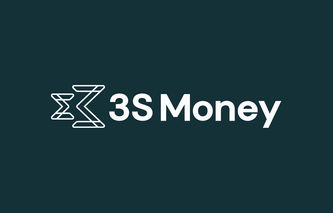
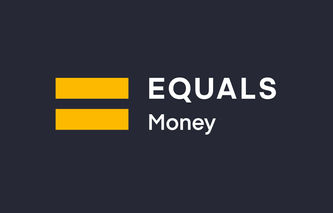
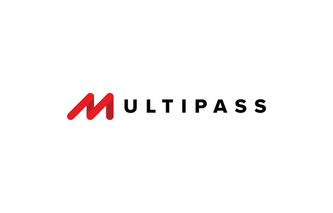
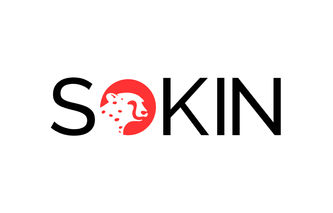
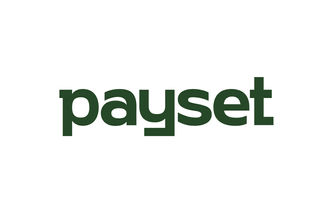

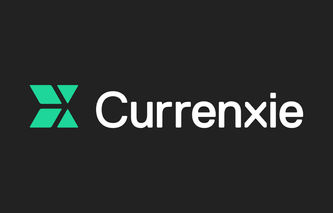
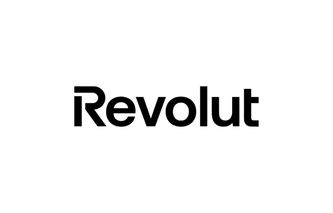

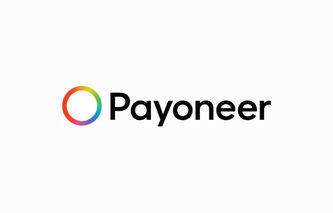
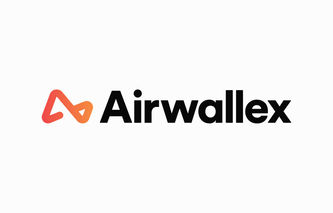

.png)







.png)


.png)
